US: +1 435 667 4107 Africa: +250 788 969 263 Email: info@eastafricasafaritours.com
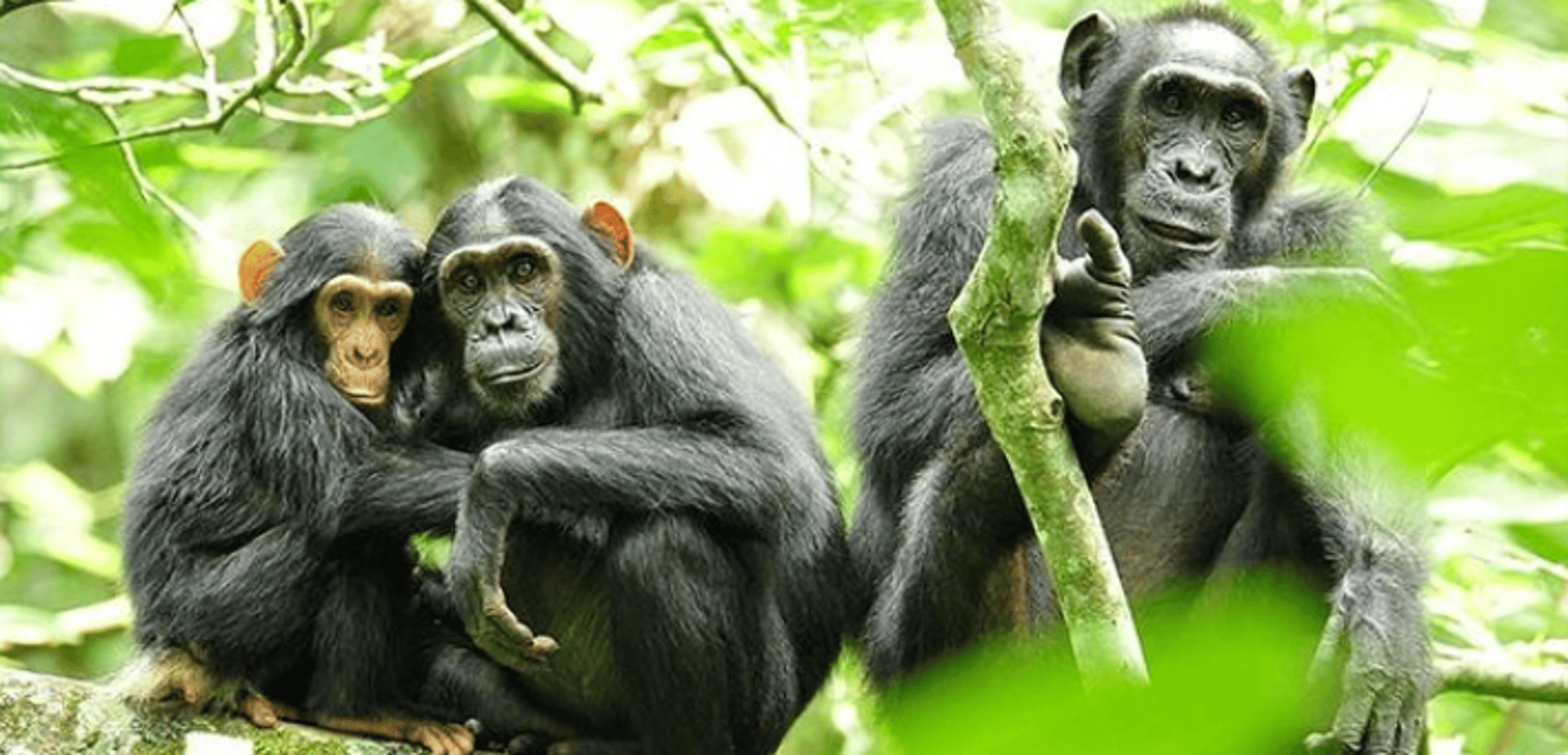
Volcanoes National Park
Volcanoes National Park in northwestern Rwanda
Volcanoes National Park, located in northwestern Rwanda, is part of the Virunga Massif, a transboundary conservation area shared with Uganda and the Democratic Republic of Congo. Covering 160 square kilometers, the park is famous for its mountain gorilla population, making it one of the best places in the world for gorilla trekking.
The park is home to 12 habituated gorilla families, as well as golden monkeys, forest elephants, buffaloes, and over 200 bird species. It is also renowned as the former research base of Dian Fossey, the legendary primatologist who dedicated her life to gorilla conservation. Visitors can hike to her grave and research center or take on the challenge of climbing Mount Karisimbi and Mount Bisoke, two of the park’s stunning volcanoes.
With lush bamboo forests, volcanic landscapes, and rich biodiversity, Volcanoes National Park offers an unforgettable wildlife experience, attracting eco-tourists, conservationists, and adventure seekers from around the world.
Here are the 12 habituated gorilla families in Volcanoes National Park, Rwanda, each offering a unique trekking experience:
1. Susa (Susa A) Group
The largest and most famous group, originally studied by Dian Fossey.
Known for its twins, Byishimo and Impano, a rare occurrence in mountain gorillas.
Lives in the high-altitude forests, making trekking to this group more challenging.
2. Karisimbi (Susa B) Group
A breakaway from the original Susa group, residing on the slopes of Mount Karisimbi.
Known for being difficult to track due to their high-altitude movements.
3. Amahoro Group
The name means “peace” in Kinyarwanda, reflecting their gentle and calm nature.
Led by a dominant silverback named Ubumwe.
Requires a steep climb to reach their home range.
4. Umubano Group
Formed by silverback Charles, who broke away from the Amahoro group.
Smaller in size but highly interactive, offering great close-up encounters.
5. Sabyinyo Group
Named after Mount Sabyinyo, where they are often found.
Known for having one of the largest silverbacks, Guhonda, weighing over 220 kg.
Considered one of the easiest groups to track due to their lower-altitude range.
6. Agashya (Group 13)
Initially had 13 members, hence the name, but has grown significantly.
Led by Agashya, a silverback known for his strong leadership and strategic movements.
Frequently moves to higher elevations when sensing threats.
7. Hirwa Group
Formed from members of Sabyinyo and Group 13.
Famous for once having twins, a rare phenomenon in mountain gorillas.
Moves between Volcanoes National Park (Rwanda) and Mgahinga Gorilla National Park (Uganda).
8. Bwenge Group
Name means “Wisdom” in Kinyarwanda.
Formed by Bwenge, a silverback who left his original group.
Featured in the movie “Gorillas in the Mist”, dedicated to Dian Fossey’s work.
9. Ugenda Group
Name means “mobile” in Kinyarwanda, as they are constantly on the move.
Located in Karisimbi area, requiring longer trekking hours.
10. Titus Group
Named after Titus, a gorilla born during Dian Fossey’s research era.
Famous for being one of the strongest silverbacks, despite early hardships.
The group is closely monitored for conservation and research.
11. Isimbi Group
Formed from a split in the Karisimbi Group.
Known for its playful juveniles and interactive silverbacks.
12. Muhoza Group
A relatively new habituated family, often found in the lower slopes of the park.
One of the easiest groups to trek, making it a good option for beginners.
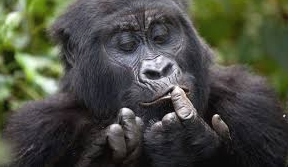

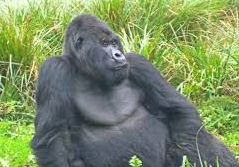

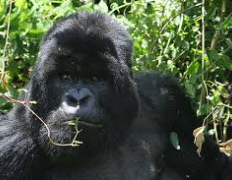

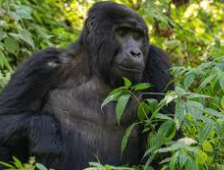

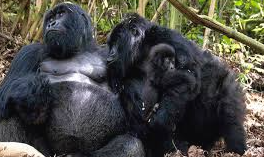

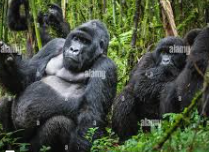

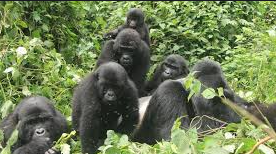

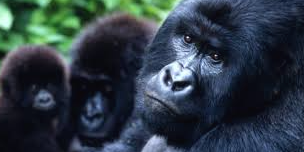



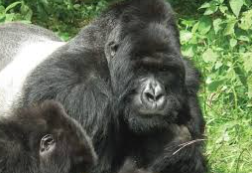

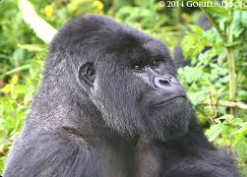

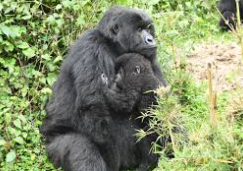

Susa (Susa A) Group
Karisimbi (Susa B) Group
Amahoro Group
Umubano Group
Sabyinyo Group
Agashya (Group 13)
Hirwa Group
Bwenge Group
Ugenda Group
Titus Group
Isimbi Group
Muhoza Group
Explore
Discover breathtaking safaris and unforgettable adventures.
Connect
Support
info@eastafricasafaritours.com
+250 788 969-263
© 2025. East Africa Safari Tours Inc., All rights reserved.
Main Office
788 N 2150 W Circle, Cedar City, UT 84721, USA
Contact No.: +1 435 667 4107
Satellite Office
Telephone No.:+250 783 337 094
Mobile No.: +250 788 969 263
East Africa Safari Tours Inc.
